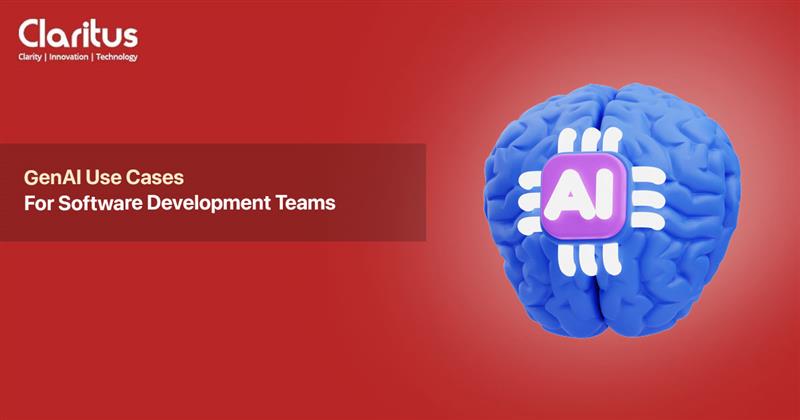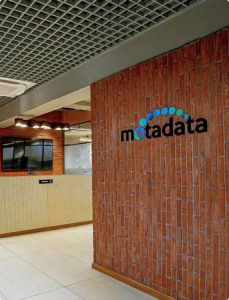GenAI Use Cases for Software Development Teams

Generative AI (GenAI) technologies have the potential to revolutionize various aspects of software development, offering new opportunities for enhanced productivity, innovation, and efficiency. Here are some use cases for software development teams:
1. Code Generation and Assistance:
- GenAI models can assist developers in generating boilerplate code, implementing common patterns, and automating repetitive coding tasks, saving time and reducing errors.
- These models can provide code suggestions, autocompletion, and refactoring recommendations, enhancing developer productivity and code quality.
- GenAI can also help with code translation and migration tasks, facilitating the transition between programming languages or frameworks.
2. Natural Language Programming:
GenAI models can enable developers to write code using natural language, making programming more accessible and reducing the barrier to entry for non-technical professionals.
This capability can streamline the process of transforming requirements and specifications into executable code, fostering better collaboration between business stakeholders and developers.
3. Code Documentation and Explanation:
- GenAI models can automatically generate code documentation, including comments, API documentation, and user guides, based on the codebase and natural language prompts.
- These models can also provide human-readable explanations of complex code snippets, helping developers better understand and maintain existing codebases.
4. Code Optimization and Refactoring:
- GenAI models can analyze codebases and provide recommendations for optimizations, refactoring opportunities, and performance improvements.
- These models can suggest ways to enhance code readability, maintainability, and efficiency, promoting better coding practices and reducing technical debt.
5. Software Testing and Bug Detection:
- GenAI models can assist in generating test cases, identifying edge cases, and creating synthetic test data, improving test coverage and reducing the effort required for manual testing.
- These models can also help in identifying potential bugs, security vulnerabilities, and code smells, enabling earlier detection and resolution of issues.
6. Requirements and Specification Analysis:
- GenAI models can analyze natural language requirements and specifications, extracting key information, identifying ambiguities, and generating structured representations for developers.
- This capability can facilitate better communication between stakeholders and developers, reducing misunderstandings and promoting accurate implementation of requirements.
7. Software Architecture and Design:
- GenAI models can assist in generating high-level software architecture diagrams and designs based on natural language prompts or existing codebases.
- These models can provide recommendations for architectural patterns, design principles, and best practices, supporting informed decision-making and promoting software quality.
8. Code Search and Discovery:
- GenAI models can enable intelligent code search capabilities, allowing developers to find relevant code snippets, libraries, or APIs using natural language queries.
- This capability can accelerate code reuse, reduce duplication of effort, and facilitate knowledge sharing within development teams.
9. Data Transformation and Integration:
- GenAI models can assist in transforming and integrating data from various sources, generating code or scripts for data cleaning, mapping, and transformation tasks.
- This capability can streamline data preparation processes and enable more efficient data integration within software systems.
10. Developer Education and Training:
- GenAI models can generate personalized learning resources, tutorials, and coding exercises based on individual skill levels and learning goals.
- These models can provide interactive learning experiences, feedback, and explanations, supporting continuous professional development for software developers.
Conclusion
It’s important to note that while GenAI offers exciting opportunities, it should be used judiciously and in conjunction with human expertise, review, and oversight. GenAI models may have limitations, biases, or generate incorrect or insecure code, so it’s crucial to thoroughly validate and test any generated output before deploying it in production environments.
Additionally, the ethical and responsible use of GenAI in software development should be carefully considered, ensuring compliance with relevant laws, regulations, and ethical guidelines.
Overall, GenAI has the potential to augment and accelerate various aspects of the software development lifecycle, but it should be embraced as a complementary tool to enhance human capabilities rather than a complete replacement for skilled developers.









